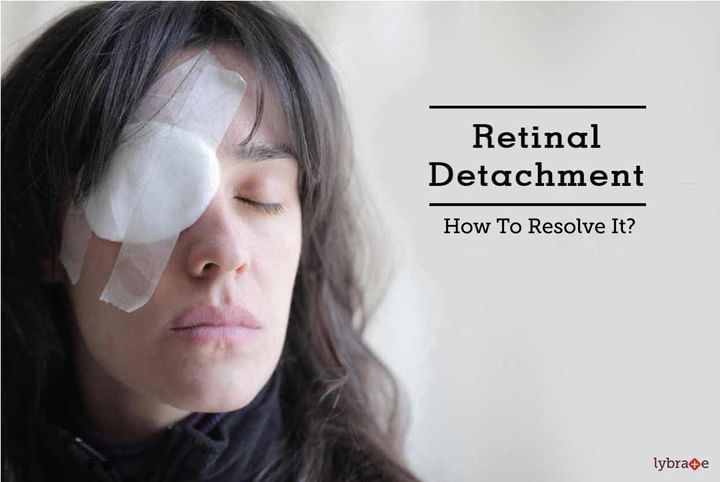Retinal Detachment - How To Resolve It?
While we usually consider the eye to be a single element, it does, in fact, have a number of smaller parts each which play a distinct role in helping us see. The retina covers more than half the interior surface of the eye and can be described as the light-sensitive layer that converts light into optic signals that are then carried to the brain. Retinal detachment is a serious condition that causes the retina to be separated from the supportive tissue. If not treated immediately, it could lead to permanent blindness.
Retinal detachment can be passed down from one generation of a family to another and hence if someone in your family has suffered from this condition, you have a high risk of suffering from it as well. People who are severely nearsighted or those who have suffered from an eye injury are also at a high risk of suffering from retinal detachment.
Retinal detachment is not a painful condition and may have no warning signs. Some of the symptoms of this condition include seeing flashes of light, floaters and darkening of the peripheral vision. An early diagnosis can help prevent blindness caused by retinal detachment. To diagnose this condition, the doctor will dilate the patient’s eyes and use a special tool to get a closer look at the retina.
The method best suited to treating retinal detachment depends on the condition of the retina and advancement of the detachment.
- Laser or cryotherapy: This may be used in the early stages of retinal detachment as an outpatient procedure. Laser therapy may also be used to treat retinal tears.
- Pneumatic retinopexy: This form of treatment can be used in cases where the retinal tear is small and can be closed easily. It involves injecting a small gas bubble into the eye. This gas then rises and presses itself against the retina thus closing the tear. Pneumatic retinopexy may be followed by laser therapy to seal the tear in place.
- Scleral buckle: This is a surgical procedure where the doctor will sew a sclera or silicone band around the white of the eye. This is invisible and gradually will push against the torn edges closer together till they heal. This may also be followed by laser therapy.
- Vitrectomy: Large tears may be treated with a surgical procedure known as a vitrectomy. This involves the removal of vitreous matter from the eye and its replacement with saline solution. This procedure may often be used in combination with any of the above forms of treatment.



+1.svg)
